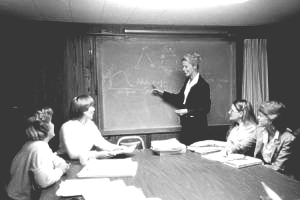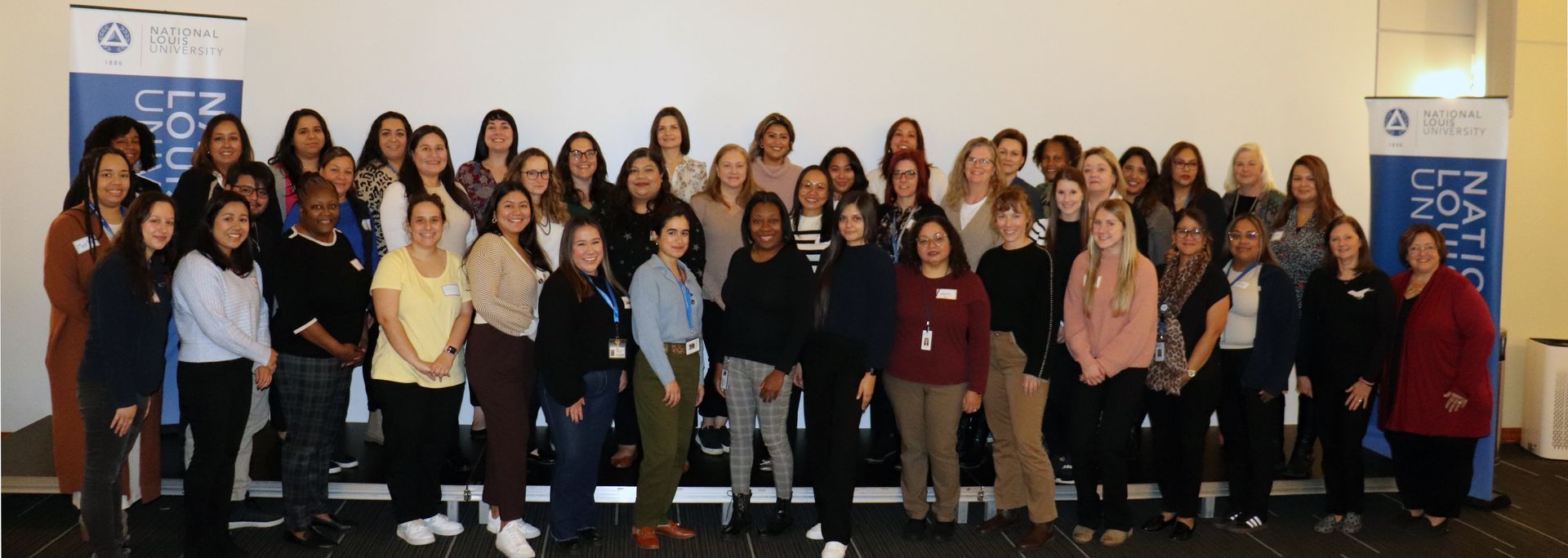BY Iris Corral | May 26, 2020
“We will respect family life. We will develop it and encourage it in any way we can, for strong families are the foundation of strong communities.” – Tony Blair
Families come in all shapes and sizes. Each is as unique as a fingerprint. Each with individual needs. Yet, families may or may not choose to share their needs with your program. As early childhood administrators, we should work to develop a relationship with families, to meet each family “where they are at” so we can be ready if they need our support. I learned this firsthand when I began my early childhood director position years ago. Little did I know how meaningful and powerful our impact could be on the lives of children and families.
During my time as a director, a family in our program experienced the death of the father, who was also the sole income provider. News of the father’s death was shared by the child in the classroom, not the mother. For the remainder of the week, I would greet the family, talking with them during arrival and departure; however, it was not until the next week that the family opened up to the staff about what had happened. At that time, the family expressed the need for resources in the community. Our team was able to immediately assist the family by sharing information in our “Community Resources” binder. We had recently updated the binder, so all of the resources and contact information were current. Our team also gathered a basket of household essentials to give to the family that included laundry detergent, toothbrushes, shampoo, conditioner, soap, etc. The family was clearly surprised by this gesture. They later expressed how appreciative they were for the basket and how grateful they were to receive our support during such a trying time. This experience left me wondering why the family did not immediately share about the father’s death and what we could do to let families know that we were not only able to support them in times of need, but wanted to do so.
While family involvement was always a priority for me, the experience above made me realize the connection between family engagement and family support. I realized the more we engaged families in our work, the more we would interact, and the stronger our relationships could be. I wanted it to be obvious to families that the staff were there to support them through happy and sad times if the family was willing to share. We began seeking opportunities to engage families in our work.
One of the ways we encouraged family engagement occurred when we first implemented the Ages and Stages Developmental Screening tool. It was extremely important that we not only train the families on how to complete the forms, but also to fully understand its purpose. This tool became a guide that helped families learn about children’s developmental milestones and allowed a pathway to addressing concerns families had with the teachers. By directly involving families, we communicated how valuable their role was to their children’s development and our work, and how we could work as a team. They began to share more, and we felt confident they saw us as a source of support.
Administrators, coordinators, support staff, and teaching staff play an important role in supporting families by providing information on child development, parenting, or supports in the community. It is important that staff work on creating relationships with the families they serve. In some cases, this may be easier than others. We found that making an effort to know families benefits everyone – families, children, and staff. Administrators can help staff understand the importance of building relationships with families by offering professional development on topics, such as: cultural diversity and sensitivity, core principles to effectively engage families as partners, and building communication skills needed to work with families in a respectful and supportive way.
In addition, programs need to network with each other! Share community resources with other early care and education programs in your area. It really does take a village.
Are you interested in learning more about early childhood leadership? Check out the upcoming events on the McCormick Center website.
Resources
National Center on Parent, Family and Community Engagement. (2018). Understanding Family Engagement Outcomes: Research to Practice Series. Retrieved from https://eclkc.ohs.acf.hhs.gov/about-us/article/national-center-parent-family-community-engagement-ncpfce
R., D. (2018). Family Engagement: A Partnership Between Childcare Centers and Families. Retrieved from https://childwatch.com/blog/2018/11/02/family-engagement-a-partnership-between-childcare-centers-and-families/
LaLiberte, C. (2019). Strategies for Family Engagement. Retrieved from https://www.childcareexchange.com/article/strategies-for-family-engagement/5025058/
Koralek, D., Nemeth, K., & Ramsey, K. (2019). Families and educators together: Building great relationships that support young children. Washington, D.C.: National Association for the Education of Young Children.
Talan, T.T. & Bloom, P. J. (2011). Program administration scale (2nd ed.). New York, NY: Teachers College Press.
Iris Corral, M.Ed., is the Leadership Training Specialist for the McCormick Center for Early Childhood Leadership at National Louis University. In this role, Iris conducts training for the Leadership Academies, the Business Administration Scale for Family Child Care (BAS), and the Program Administration Scale (PAS). Iris holds an associate degree in social service from Harold Washington College, a bachelor’s degree in integrative studies from Governor’s State University, and a master’s degree in early childhood administration from National Louis University. She has also earned her Illinois Director Credential-Level III and an ECE Credential-Level V. In addition to her role at McCormick, Iris also serves as adjunct staff at Morton College where she teaches early childhood education courses. Prior to joining our team, Iris spent eight years working as a preschool director in a Preschool for All (PFA) program. Iris also worked at Erie Neighborhood House in Chicago for eleven years as a teacher assistant and the parent support/health coordinator.






